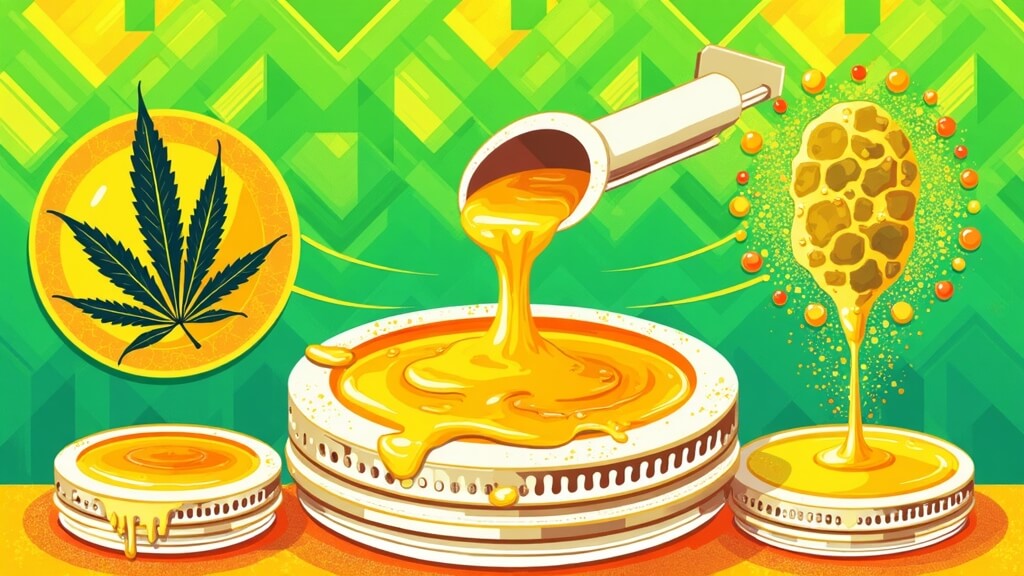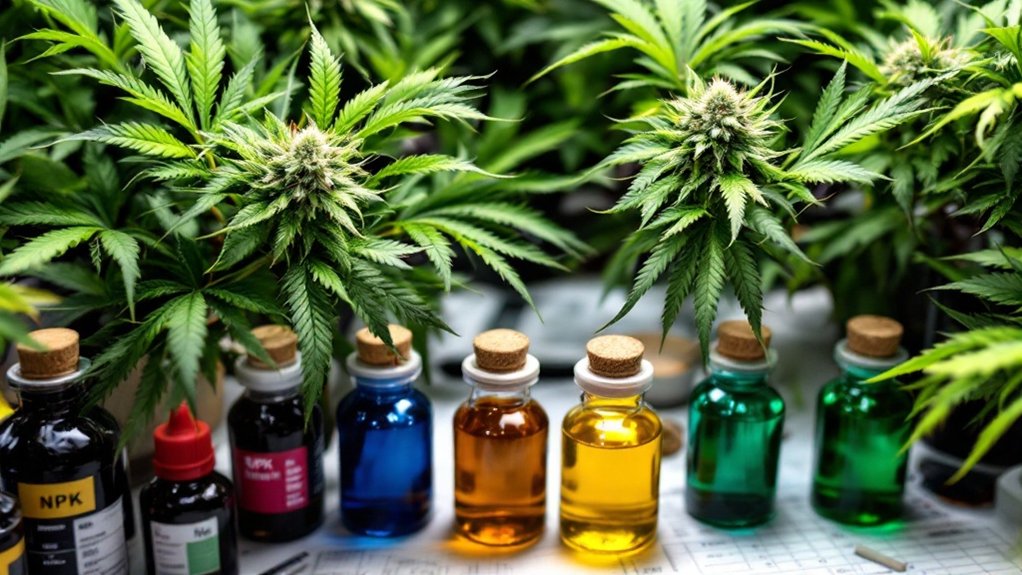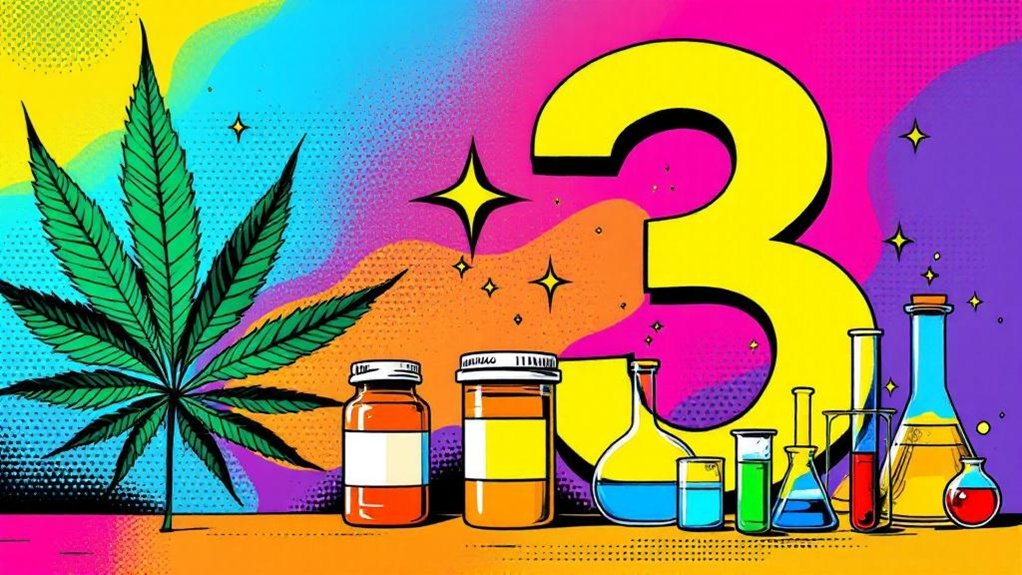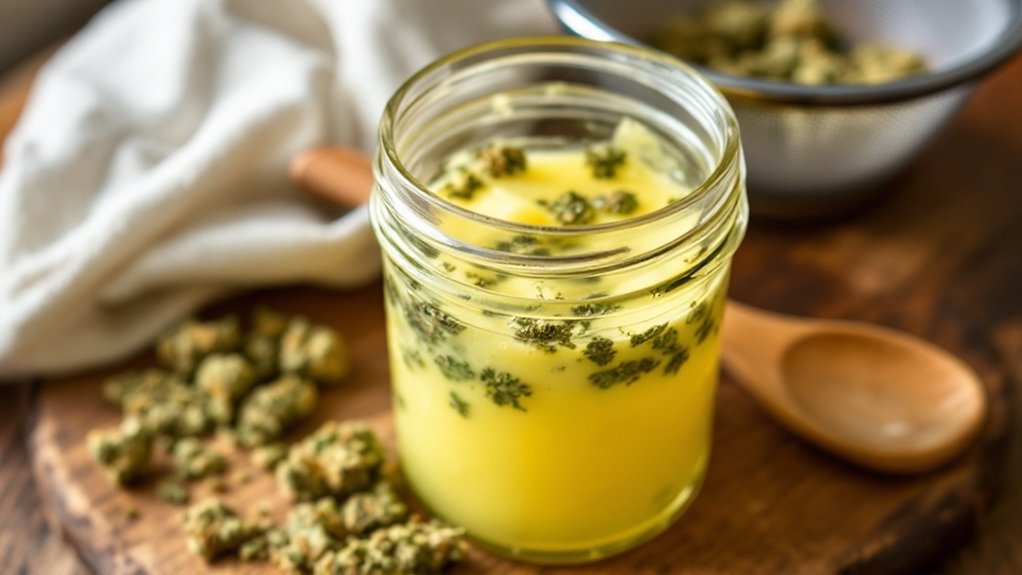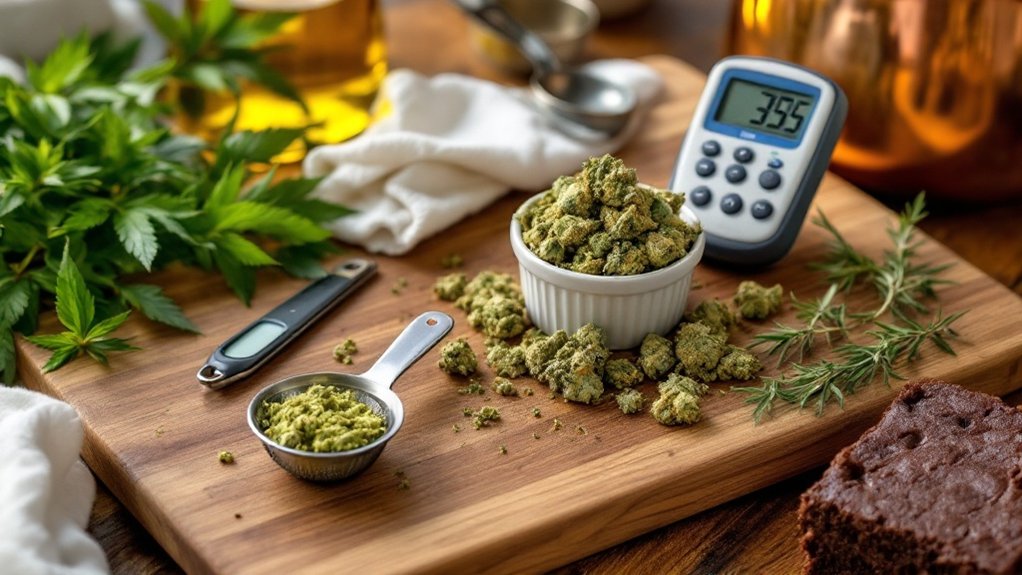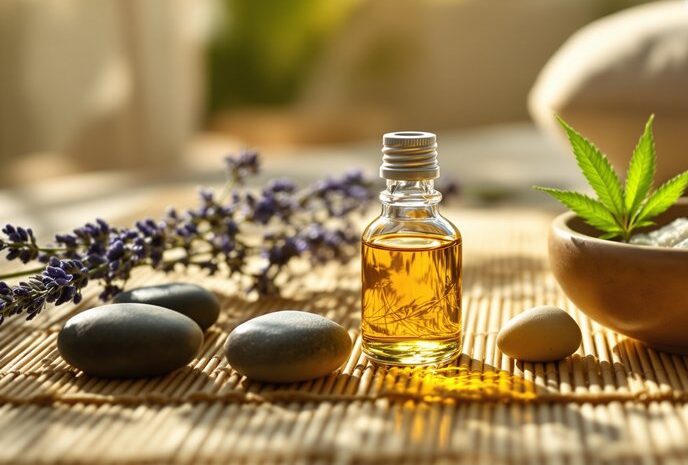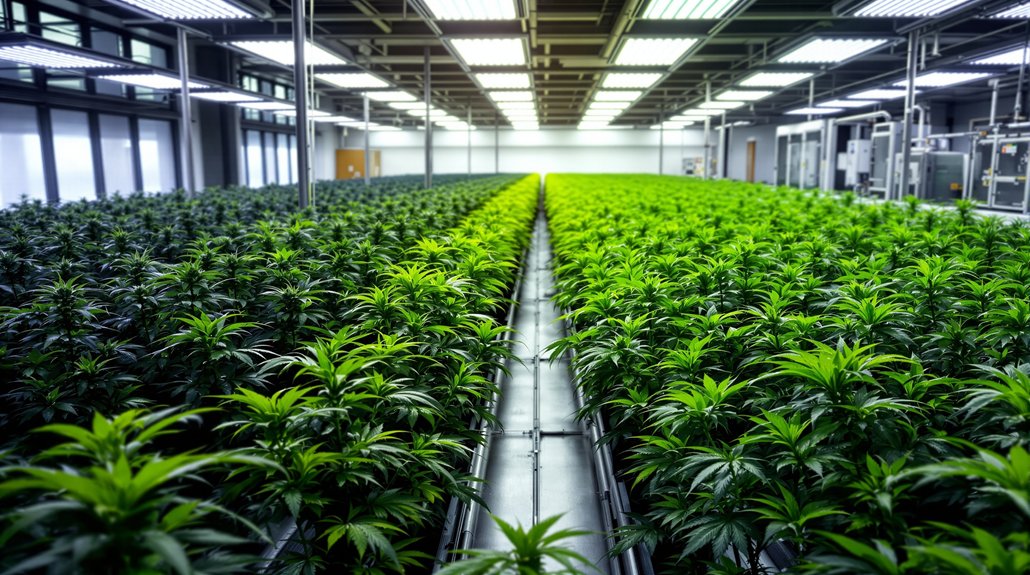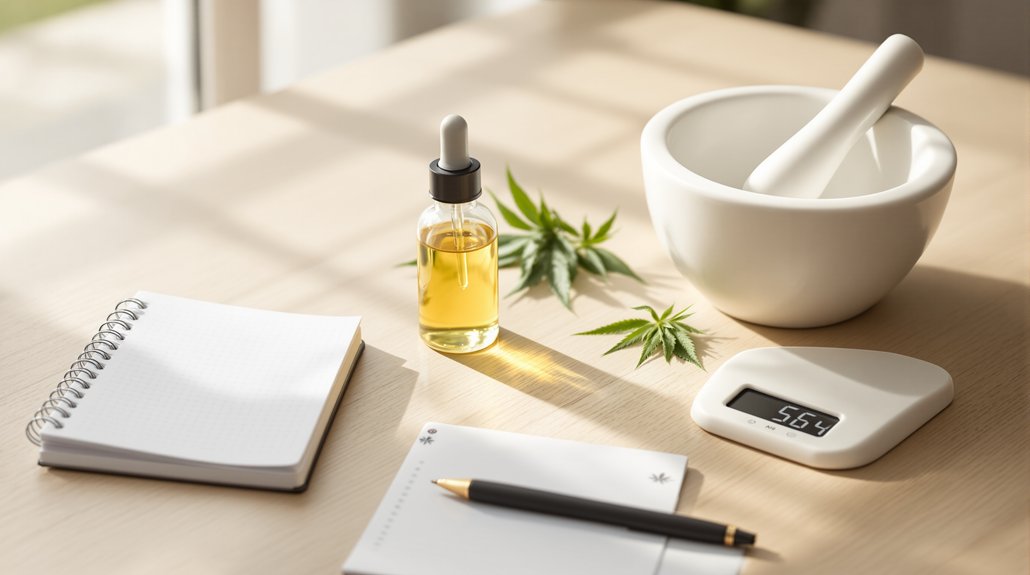Rosin production is all about quality and technique. First, premium cannabis is selected – fresh flowers, kief, or hash. Next, trichomes are separated through ice water agitation and filtered through micron screens. The collected hash is freeze-dried, eliminating moisture while preserving terpenes. Finally, the material is packed into filter bags and pressed between heated plates (160-220°F) under extreme pressure. The result? Pure, amber-colored oil without chemical solvents. The process isn’t rocket science, but the details make all the difference.
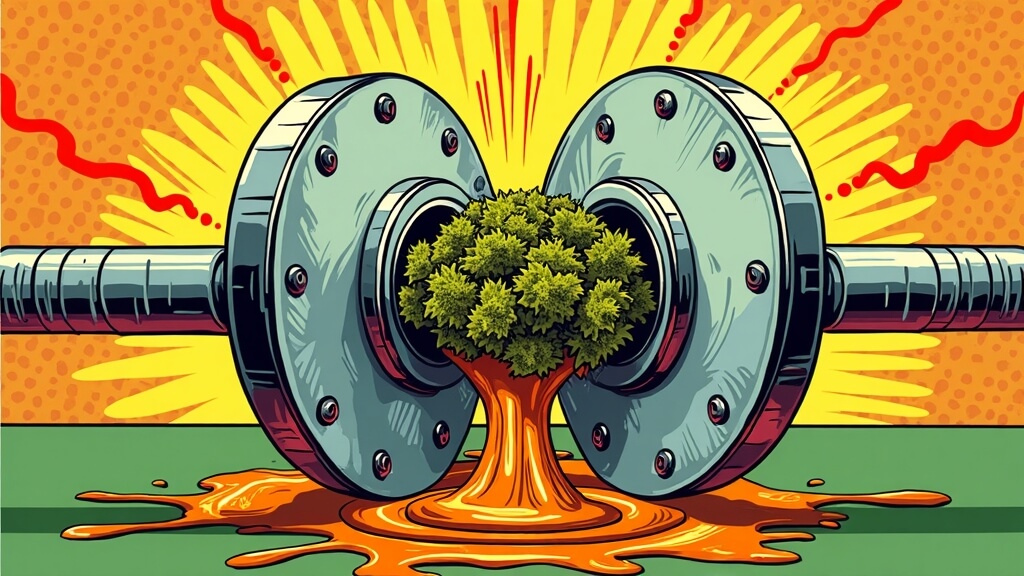
Every drop of rosin starts with quality cannabis. Garbage in, garbage out as they say in the extraction world. Producers select either fresh flowers, kief, or hash as their starting material, with each choice affecting the final product’s characteristics. Fresh cannabis is often frozen immediately after harvest to preserve its terpene profile.
Quality in, quality out. The rosin journey begins with selecting premium cannabis that determines your concentrate’s ultimate potential.
They’re not just being fussy; this preservation step is essential for what enthusiasts call “live rosin,” a premium product that captures the plant’s essence.
The process gets interesting during the trichome separation phase. Cannabis material gets agitated, sometimes violently in ice water or mechanically to knock off those tiny, potent resin glands. It’s basically a forensic separation of what gets you high from what doesn’t.
The resulting mixture then passes through filtration screens of various micron sizes. Smaller particles, higher quality.
Next comes the vital drying stage. Moisture is the enemy of good extraction. The collected hash is freeze-dried to remove water while preserving those volatile terpenes that give cannabis its distinctive aromas. Professional extractors often maintain 55-62% humidity during this stage to ensure optimal terpene preservation.
Can’t press wet material. Well, you can, but you’d regret it.
The actual pressing is where science meets brute force. The prepared material gets packed into micron filter bags, placed between sheets of parchment paper, and squeezed between heated plates. Temperatures typically range from 160-220°F with pressures reaching thousands of PSI.
Too hot? Terpenes evaporate. Too cold? Nothing comes out. It’s a delicate balance.
What emerges is an amber-colored oil that collects on the parchment. This is rosin in its raw form, no solvents, just heat and pressure doing the work that chemicals do in other extraction methods. The solventless extraction process is preferred by many concentrate enthusiasts for its purity and safety compared to chemical-based methods.
Unlike live resin which requires chemical solvents for extraction, rosin maintains a pure, natural profile.
Storage becomes the final challenge. Rosin degrades faster than solvent extracts. Producers keep it in airtight, light-proof containers in cool, dark places.
Even then, it won’t last forever. The clock is ticking from the moment it’s pressed.
Frequently Asked Questions
What Equipment Do I Need to Make Rosin at Home?
To make rosin at home, enthusiasts need a heat source, usually a dedicated rosin press.
Temperature matters. You’ll also need parchment paper to collect the sticky goodness, rosin filter bags (25-160 micron), and tools for collection.
Pre-press molds help shape cannabis material for better yields.
Heat-resistant gloves? Definitely.
Quality cannabis material completes the setup.
Simple equipment, potent results.
How Long Does Rosin Stay Fresh After Extraction?
Properly stored rosin can last quite a while. At room temperature? Just a week.
Refrigeration extends shelf life dramatically, up to a year or longer. The fancy stuff, live rosin, keeps best in the freezer.
Storage containers matter. Glass jars beat parchment paper every time.
Air, light, and temperature fluctuations are rosin’s enemies. They destroy potency and terpenes through oxidation.
Keep it cool, dark, and airtight.
Can Rosin Be Used in Edibles and Topicals?
Yes, rosin shines in both edibles and topicals. No solvents means it’s cleaner for consumption than chemical extracts.
For edibles, it needs decarboxylation first, then mix with fats – butter, oils, whatever.
For skin products, it’s combined with carrier oils. The solventless nature makes it safer on skin than chemical alternatives.
Potency can be intense though. Lower-temp extractions preserve more terpenes, potentially enhancing therapeutic effects.
Shelf-life? That’s another story.
What’s the Difference Between Live Rosin and Regular Rosin?
The key difference? Starting material.
Live rosin uses fresh-frozen cannabis that’s harvested and immediately frozen, preserving terpenes at their peak.
Regular rosin? Made from dried, cured flower.
Both use solventless extraction with heat and pressure. No chemicals here.
Live rosin delivers richer terpene profiles and smoother effects but costs more. It’s the caviar of concentrates.
Regular rosin? Still good, just less fancy.
Cannabis connoisseurs know the difference.
How Do Temperature Settings Affect Rosin Quality and Yield?
Temperature is rosin’s ultimate game-changer.
Lower temps (140-180°F) preserve delicate terpenes but yield less product.
Higher settings (210-220°F) boost extraction efficiency – more rosin, period, but risk destroying flavor compounds.
It’s a classic trade-off.
Medium temperatures (200-210°F) hit the sweet spot for most producers.
Too hot? Burnt-tasting concentrate.
Too cold? Have fun with your microscopic yield.
Chemistry doesn’t negotiate.
